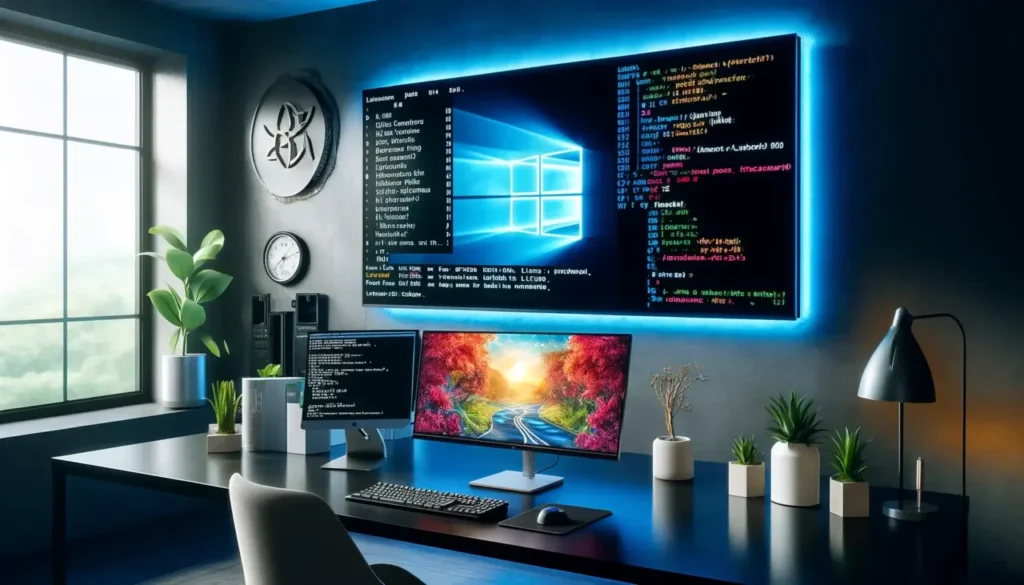Introduction to Windows Subsystem for Linux (WSL)
In the diverse world of operating systems, Linux stands out for its robustness and reliability, particularly among developers. For professionals and enthusiasts needing to use both Windows and Linux, Microsoft’s Windows Subsystem for Linux (WSL) offers a seamless solution. The latest iteration, WSL2, provides enhanced functionality by integrating Linux within the Windows environment.
Prerequisites for Installing and Using WSL
Before starting the installation of WSL, ensure your setup meets the following requirements:
- Windows Version: Your system must be running Windows 10 version 1903 or higher (x64) or version 2004 or higher (ARM64). Windows 11 also supports WSL2.
- System Architecture: Compatible with x64 and ARM64 processors.
- Administrative Rights: Administrative privileges are necessary to enable system features and install software.
- Internet Connection: Required for downloading Linux distributions and updates.
- Command Line Familiarity: Basic knowledge of Command Prompt or PowerShell is beneficial.
Why Choose WSL? The Benefits Explained
Choosing WSL over traditional VMs offers several advantages:
- Simplicity in Setup: WSL can be installed quickly and easily.
- Resource Efficiency: It uses minimal system resources compared to VMs.
- No Heavy Files Required: Eliminates the need for large ISO downloads.
- Simultaneous Operation: Run Windows and Linux applications side by side.
Step-by-Step Guide to Installing WSL on Windows 10
To integrate Linux into your Windows 10 setup via WSL, follow these straightforward steps:
- Enable WSL:
- Go to ‘Turn Windows features on or off’ in the Start menu.
- Check ‘Windows Subsystem for Linux’, click OK, and restart your computer.
- Install a Linux Distribution:
- Open Command Prompt as an administrator.
- List available distributions with
wsl --list --online. - Install your chosen distro, e.g.,
wsl --install -d Debian. - Update WSL using
wsl --update.
Upgrading from WSL1 to WSL2
For users with existing WSL1 installations looking to upgrade:
- Enable Virtualization:
- Confirm virtualization is enabled in your BIOS settings.
- Upgrade to WSL2:
- Execute
wsl --set-version <distribution name> 2in Command Prompt or PowerShell.
- Execute
Conclusion
By following these detailed guidelines, you can maximize your productivity and seamlessly integrate the Linux and Windows operating systems on a single machine. The Windows Subsystem for Linux stands out as a powerful tool for developers and technology enthusiasts who wish to harness the full potential of their computing resources. For more insightful tech guides and tips, keep following us here at quadrect.com. Dive into our content to stay updated and empowered in the ever-evolving world of technology.
